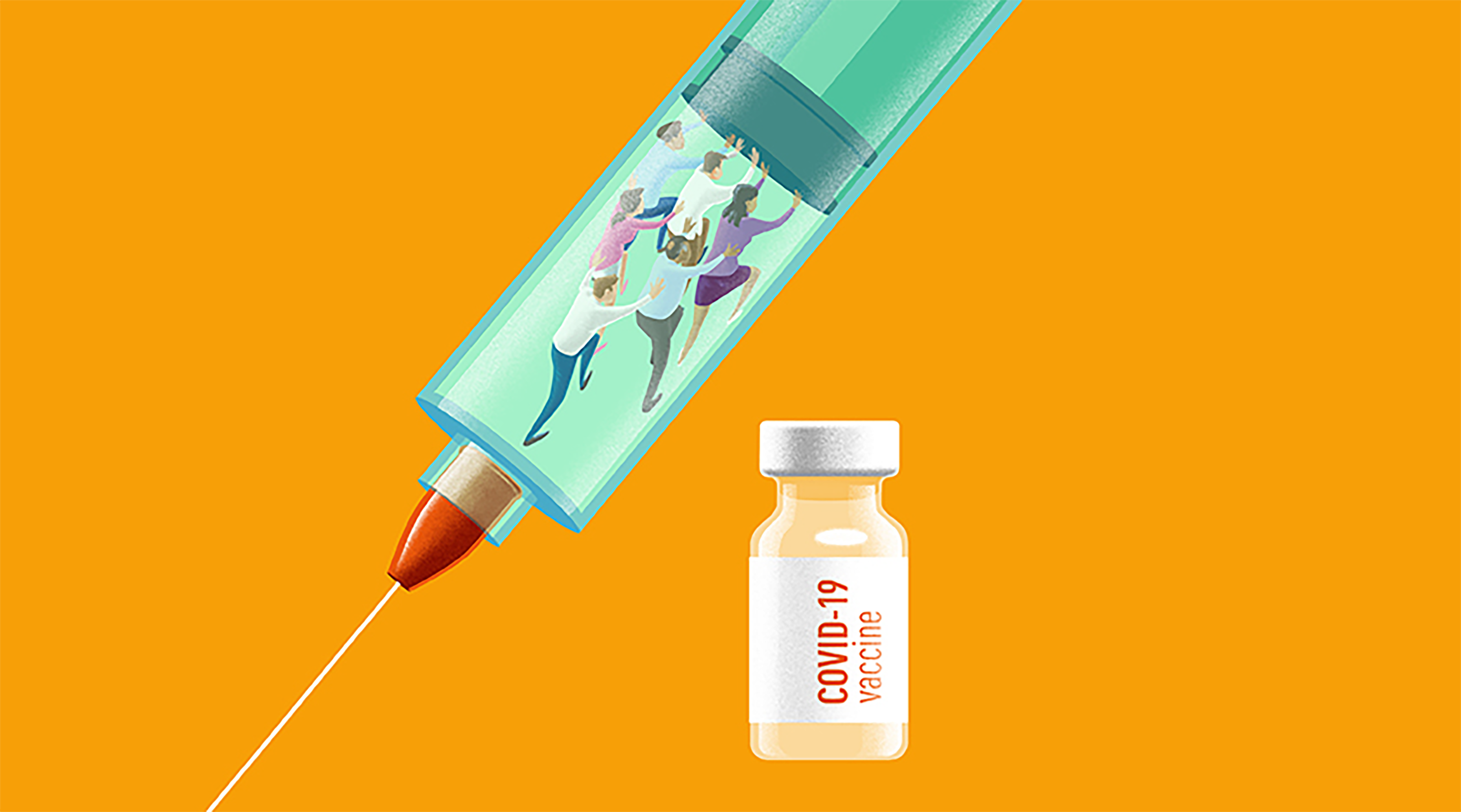
Data Updates
| High-income country confirmed dose total: | 4.6 billion |
| Upper-middle-income country total: | 1.2 billion |
| Lower-middle-income country total: | 599 million |
| Low-income country total: | 670 million |
| COVAX total: | 1.12 billion |
| Total worldwide confirmed purchases of Covid-19 vaccines: | 8.2 billion doses |
Weekly Insights and Interesting Trends
Vaccine hesitancy will soon become the primary obstacle to global immunity
Global manufacturing capacity has been the primary rate limiter for Covid-19 vaccinations. Our vaccine manufacturing infrastructure was not designed to produce enough doses to cover 70% of the world’s population within a year (in addition to regular and routine vaccines) and, as expected, demand is outstripping supply. There has been good news on the manufacturing front, however, with several large pharma companies recently joining with rivals to ramp up production.
At the same time, data on vaccine hesitancy suggest that it may soon overtake manufacturing capacity as the primary obstacle to global coverage and reaching herd immunity. If this is the case, we will soon find that producing enough vaccines does not translate to enough vaccinations.
Covid-19 vaccine hesitancy is growing around the world. A survey of 15 countries found that willingness to get a Covid-19 vaccine dropped in nearly all of the countries between October and December 2020. France and Russia had the lowest rates of vaccine intent in the survey, below 50%. Another survey of 32 countries found that fewer than half of the population in Lebanon, France, Croatia, and Serbia intend to get vaccinated.
In Peru, vaccine hesitancy grew by 26 percentage points (from 22% to 48%) between August and December and the population is now evenly split between those willing and those not willing to receive the vaccine. Other data indicate some countries fall much lower: in the Philippines, fewer than a third are willing to have a Covid-19 vaccine.
Even in China, a country with historically high rates of vaccine take-up, intent to get a Covid-19 vaccine dropped in late 2020 (though at 80% China was still at the top of the chart). Negative coverage of western-developed vaccines in Chinese state media appears to be fueling mistrust of even Chinese-developed Covid-19 vaccines and slowing vaccination rates.
In both the US and UK, recent studies found that hesitancy rates are highest among younger adults, racial minorities, and people with lower education and income. A similar trend was noted this week in Israel, where vaccine take-up has slowed and is particularly low among minority communities and younger populations.
There was improvement in vaccine intent among Black and LatinX populations in the US between December and January; however, these groups are still most likely to say that they will “wait and see” rather than get the vaccine as soon as possible. Experts suggest that supply may outstrip demand in the US as early as April.
Public health leaders in countries around the world have pulled every lever they can to secure vaccine doses to protect their populations. Each dose is the result of unprecedented scientific and industry cooperation, complex negotiations, and a flat-out global effort. But the race to develop, manufacture, and distribute vaccines must result in vaccinations. We need to get ahead of vaccine hesitancy now, with strong outreach campaigns, before it becomes the rate limiter.
For more on this topic, register for the Duke Global Health Institute’s (virtual) conversation with experts addressing vaccine hesitancy later this month.
Interesting Trends
Significant updates, changes, and trends we are seeing this week:
- Analysis published in The Lancet provides a data-driven perspective on challenges and policy recommendations to achieve global vaccine equity. This research includes findings from a 32-country study on vaccine hesitancy (see Insights section below for more on vaccine hesitancy).
- The WHO gave emergency use listing (EUL) to two versions of the Oxford-AstraZeneca vaccine, produced by SK Bioscience (South Korea) and the Serum Institute of India. This clears the way for doses to be shipped out by COVAX to countries all over the world.
- WHO also launched a call to action to ensure that vaccinations of health workers and the elderly are underway in all countries around the world within the first 100 days of 2021.
- Despite agreeing to support equitable access, Moderna has sold nearly all of its doses to wealthy countries and has not yet confirmed an agreement with COVAX.
- Concerns about domestic supply (as well as vaccine hesitancy) are slowing vaccine rollout in China.
- China and India continue to send donations of vaccines to other countries, even while in the beginning stages of their own domestic immunization campaigns.
- Meanwhile, the US is on track to have extra doses by this year but says it is still too soon to discuss when and how they will share excess vaccines globally.
- Thailand defends decision not to join COVAX, even as it faces internal criticism for being too slow to procure vaccines and launch a mass immunization program.
- Peru government officials are resigning their posts after admitting they were vaccinated with donated Sinopharm doses before the national immunization campaign launched.
- Hungary became the first EU country to approve and administer Russia’s Sputnik V vaccine and also expects to be the first EU country to administer Sinopharm, starting this week.
- Israel’s Covid-19 infection data mirrors Phase III efficacy data from Pfizer-BioNTech, showing 94% drop in infections among 600,000 people who received both doses of the vaccine compared with a group of the same size and medical histories that were not vaccinated.
For more information on our research on Covid-19 vaccine supply, please see https://launchandscalefaster.org/COVID-19.
